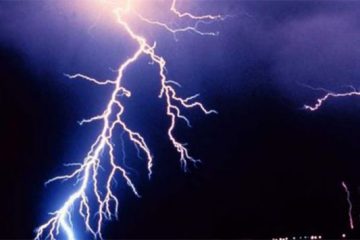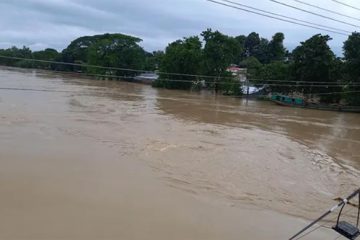Enforcement also missing to make matters worse
 With various flaws and loopholes environmental laws in our country have failed to take any measures against influential quarters responsible for environmental degradation, experts said.
With various flaws and loopholes environmental laws in our country have failed to take any measures against influential quarters responsible for environmental degradation, experts said.
The foremost obstacle to implementation of the Environment Conservation Act of 1995 is that an aggrieved person has to take permission from the Department of Environment (DoE) and wait for two months to seek legal recourse under the law.
The government took five years to enact the environment court act in 2000 to set up special courts conducted by a joint district judge.
The court act requires one or more environment courts at every divisional headquarters. But Khulna, Barisal and Rajshahi are yet to have any environment courts even after a decade, they said.
There are two environment courts — one in Dhaka and the other in Chittagong. That apart, Sylhet joint district judge court has been delegated to deal with environmental cases.
“The law is there but proper implementation is missing,” said Dr Atiq Rahman, executive director of Bangladesh Centre for Advanced Studies and lead author of the UN Intergovernmental Panel on Climate Change (IPCC).
The law requires Environmental Impact Assessment (EIA) for projects in consultation with the neighbourhood but there is no mechanism to monitor whether an EIA has been carried out in compliance with the proper standards, Rahman added.
Syeda Rizwana Hasan, executive director of Bangladesh Environmental Lawyers Association (Bela), said that the foremost impediment to implementation of the legislations is the fact that a case under the law is tried at a lower court.
It means that a litigant has to fight a long legal battle against appeals at district judge court, High Court and Appellate Division.
“One potential barrier is that victims of environmental degradation are invariably poor and powerless. On the other hand, offenders are always wealthy and politically powerful,” she said.
The affected people usually lack confidence in fighting against the powerful, she said, adding that the DoE too sometimes cannot implement the law because of influence of offenders and technical limitations.
Jamshed Ahmed, DoE director for Dhaka division, said that technical and manpower capacity of the DoE is too inadequate to cope with the volume of work assigned to it.
“The Dhaka division has so far filed only 167 cases with the environment court,” he said.
Environment conservation rules of 1997 provide for prerequisite of EIA only for ‘Red’ category industries (highest polluters) but do not have any detailed guidelines on how to carry it out, said legal experts. It does not mention ‘Orange Kha’ category industries that are also potentially hazardous to environment.
One penal provision in the law is a fine of Tk10 lakh, which in many cases is too insignificant to become a deterrent to wealthy industrialists, they said.
Dr Ainun Nishat, country representative of International Union for Conservation of Nature (IUCN), said that there should be provision to make the Environmental Management Plan (EMP) of an industry and public hearing on EIA report.
Dr Mihir Kanti Majumdar, secretary-in-charge to the environment ministry, said at a press conference on May 30 that the law has various shortcomings. The law has a penal provision for 10 years of imprisonment, which a mobile court cannot hand down.
“Presently, we are working along with relevant environmentalists and NGOs on bringing certain amendments to the law soon,” he said.
A review committee is working to remove loopholes and bottlenecks in implementation of the law so that an aggrieved individual can seek legal recourse directly against environmental degradation, said officials.
The secretary yesterday said that the committee headed by director general of DoE has already prepared the proposed amendments to the conservation act and is working on updating the environment court act.
“It may take rest of June to complete it and then will be placed to the cabinet for approval,” he said.
Billal Hossain, DoE director (administration), said that hill cutting, wetland destruction and ship breaking issues are not covered in the law.
“We inspected a total of 951 industries in and around Dhaka during 2006 and April 2009 to check compliance with the Effluent Treatment Plant (ETP) and preconditions for clearance certificate,” he said. “But we found most of their ETPs non-functional.”
The DoE identified 903 polluting industries and factories in and around Dhaka in 1986. The number increased to 1,176 in 1995.




















